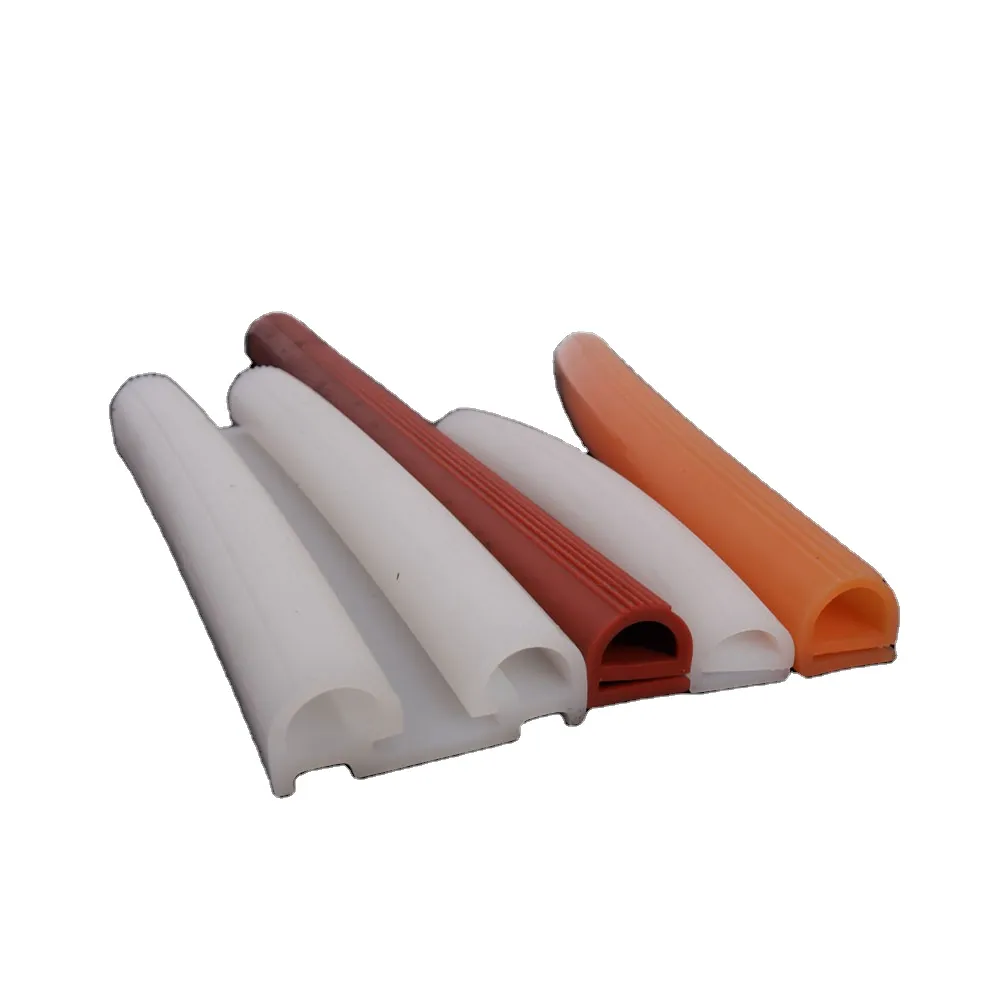stop airflow under door
Understanding and Implementing Stop Airflow Under Doors
In various environments, particularly in commercial buildings, warehouses, hospitals, and even residential homes, controlling airflow is crucial for maintaining indoor air quality, regulating temperature, and ensuring energy efficiency. One of the fundamental issues faced in achieving these goals is the uncontrolled airflow that flows underneath doors. This often leads to energy loss, temperature imbalances, and even the spread of odors or contaminants. As a result, finding effective ways to stop airflow under doors has become an essential aspect of building management and design.
The Importance of Controlling Airflow
Airflow can be pivotal in many aspects of a building’s functionality. In healthcare settings, it can mean the difference between a sterile environment and the potential spread of pathogens. In energy-conscious buildings, reducing airflow can significantly impact heating and cooling efficiency, resulting in reduced utility costs. Additionally, in residential settings, controlling airflow can improve comfort and reduce issues related to air drafts, making living spaces more pleasant.
Challenges of Airflow Under Doors
Doors are often the weakest link in a building’s envelope when it comes to airflow control. Standard gaps between the bottom of the door and the floor can allow significant amounts of air to escape or enter, disrupting heating and cooling systems. These gaps can also contribute to noise pollution and the movement of dust and allergens, which can compromise indoor air quality. In high-traffic areas, the situation can be exacerbated, making it even more critical to address airflow concerns effectively.
Effective Solutions to Stop Airflow
stop airflow under door

1. Door Sweeps and Bottom Seals One of the simplest and most effective solutions to stop airflow under doors is the installation of door sweeps or bottom seals. These are often made of rubber, vinyl, or brush materials and can create a tight barrier against air movement. Door sweeps are attached to the bottom edge of the door and prevent air from passing through the gap when closed.
2. Thresholds Installing a threshold can also help create a seal. A threshold is a raised strip of material fitted at the bottom of a door frame to block airflow. It not only enhances air sealing but can also improve the aesthetic appeal of the door.
3. Weatherstripping Weatherstripping is another effective way to seal gaps and prevent airflow. This material, available in various shapes and sizes, can be affixed around the edges of doors and windows. Properly applied weatherstripping around the door frame can greatly reduce the amount of air passing through.
4. Adjustable Door Bottoms Adjustable door bottoms provide a customizable solution for airflow control. These doors have a mechanism that allows the user to raise or lower the bottom of the door to create a tighter seal against the floor. This feature is particularly useful in settings where floor coverings may vary and create uneven gaps.
5. Air Curtains In commercial settings, air curtains can be an excellent solution. These devices blow a continuous stream of air across the doorway, creating a barrier that minimizes airflow when the door is open. While this does not completely eliminate airflow under the door, it can be very effective in managing overall air movement.
Conclusion
Controlling airflow under doors is vital for improving energy efficiency, maintaining indoor air quality, and ensuring comfort in any building. By implementing solutions such as door sweeps, thresholds, weatherstripping, adjustable door bottoms, and air curtains, one can significantly reduce unwanted airflow. Taking these proactive measures not only enhances the functionality of a building but also contributes to a healthier and more comfortable environment for its occupants. As we continue to prioritize energy efficiency and air quality, addressing airflow issues will remain a central focus in building design and management.
-
Under Door Draught Stopper: Essential ProtectionNewsJul.31,2025
-
Garage Door Seal and Weatherstrips for ProtectionNewsJul.31,2025
-
Edge Banding Tape for Perfect EdgesNewsJul.31,2025
-
Table Corner Guards and Wall Corner ProtectorsNewsJul.31,2025
-
Stair Nose Edging Trim and Tile Stair SolutionsNewsJul.31,2025
-
Truck Bed Rubber Mats for Pickup BedsNewsJul.31,2025
-
Window Weather Stripping for Noise ReductionNewsJul.29,2025